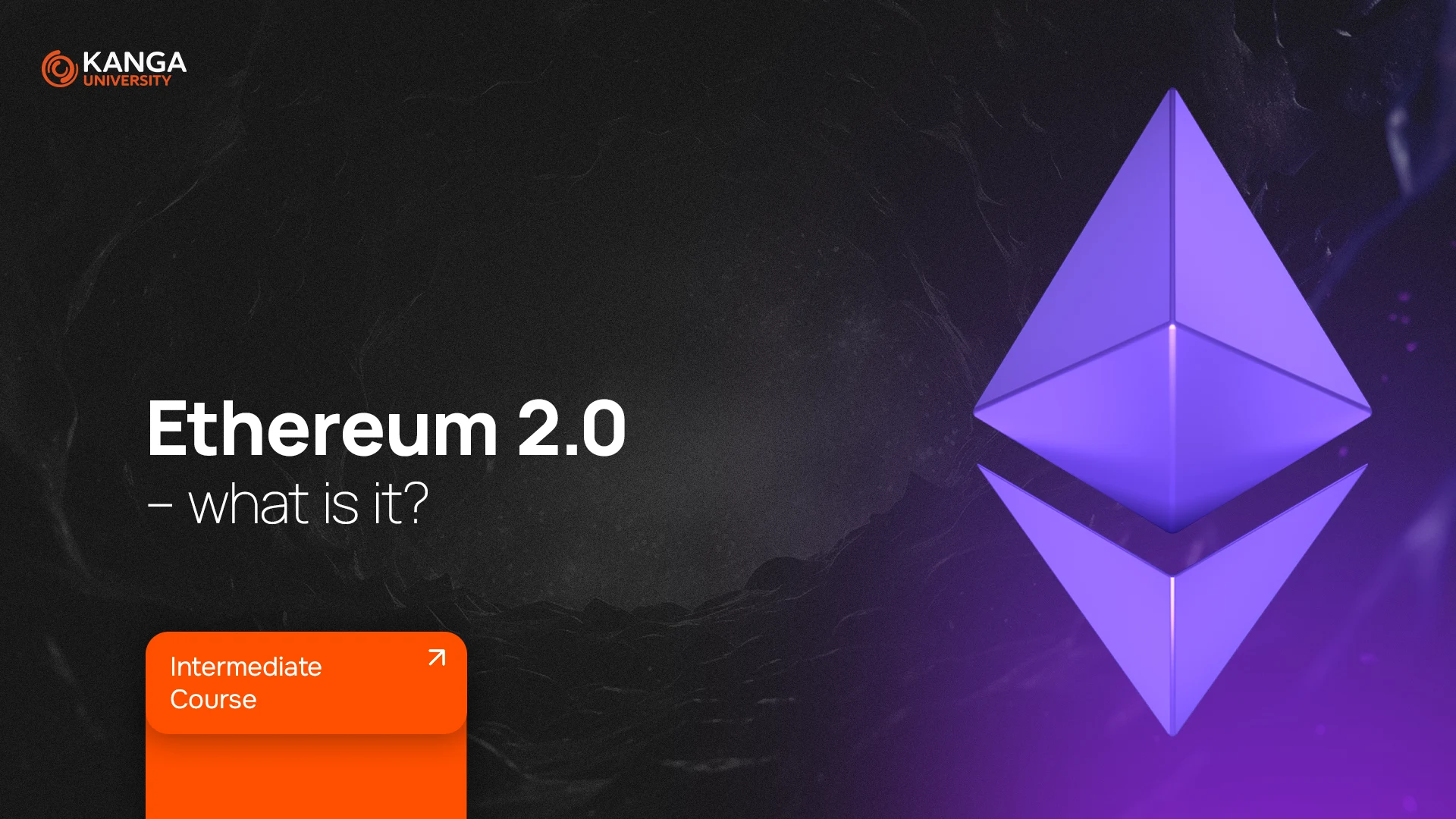
Since its launch in 2015, Ethereum has become one of the most significant projects in the blockchain world. However, over the years, it struggled with high transaction fees, limited scalability, and high energy consumption.
Everything changed with the introduction of Ethereum 2.0, the largest upgrade in the network’s history. Today, Ethereum operates under a new model that has made it faster, cheaper, and more energy-efficient.
What Changed with Ethereum 2.0?
Ethereum 2.0 introduced a series of improvements that revolutionized the network’s functionality.
Key Changes:
- Increased scalability – transaction speed improved from around 30 to over 100,000 transactions per second.
- Lower transaction fees, which were previously among the highest in the crypto space.
- Transition from Proof-of-Work to Proof-of-Stake, significantly reducing energy consumption.
- Implementation of sharding, solving the network’s congestion issues and boosting efficiency.
These changes made Ethereum more accessible and efficient while solidifying its position as the leading platform for decentralized applications (dApps).
The Beginning of Change – Hard Fork London
Before Ethereum 2.0 was fully implemented, several key updates were introduced. One of the most important was Hard Fork London, launched on August 5, 2021.
This update laid the groundwork for improving the fee system and preparing the network for further optimizations.
Main Effects of the Update:
- New transaction fee model – the introduction of a “base fee” that is burned instead of going to miners, reducing Ethereum’s inflation.
- “Tips” for validators – users could voluntarily pay extra fees to prioritize their transactions.
These changes stabilized transaction costs, making Ethereum’s economic model more predictable.
Ethereum 2.0 – Implementation Phases
Ethereum 2.0 was implemented in three major phases, gradually reshaping the network’s operation.
Phase 0 – Beacon Chain (December 2020)
The first step was the launch of Beacon Chain, a new blockchain that introduced the Proof-of-Stake (PoS) mechanism and prepared Ethereum for upcoming changes.
Beacon Chain operated alongside the existing network, testing a new transaction validation system. It became the foundation of the new Ethereum, allowing users to stake ETH for the first time.
Phase 1 – The Merge (September 2022)
The most significant transformation occurred during The Merge, when Ethereum officially transitioned from Proof-of-Work (PoW) to Proof-of-Stake (PoS).
Effects of The Merge:
- Mining was completely phased out, as transaction validation became staking-based.
- Ethereum reduced its energy consumption by 99%, making it one of the most eco-friendly blockchains.
- The network became faster and more efficient, significantly increasing transaction throughput.
This transition ended the era of energy-intensive Ethereum mining and paved the way for further optimizations.
Phase 2 – Sharding (2024-2025)
The final step was the implementation of sharding, which split Ethereum into 64 smaller blockchains (shards).
Thanks to Sharding:
- Ethereum achieved full scalability, eliminating network congestion issues.
- Transaction processing became significantly faster, as each shard handled a portion of the workload.
- Transaction costs dropped, as network activity was distributed more evenly.
Sharding was the missing piece that made Ethereum 2.0 the most efficient blockchain on the market.
Ethereum 2.0 and Decentralized Finance (DeFi)
Ethereum has always been the backbone of DeFi (decentralized finance), but high fees and limited transaction speed posed major challenges.
With Ethereum 2.0:
- DeFi became more accessible, as transaction costs dropped.
- Users could trade faster, without long confirmation delays.
- Ethereum-based applications gained popularity, attracting new investors and developers.
Today, Ethereum handles over 100,000 transactions per second, allowing DeFi projects to scale without network congestion.
What Happened to Ethereum Miners?
Ethereum miners, who played a crucial role in validating transactions for years, became obsolete after The Merge. Their role was replaced by staking, where users lock up their ETH to secure the network and earn rewards.
The Transition from Mining to Staking:
- Greater decentralization – anyone with ETH can participate in network validation.
- Lower energy consumption – no need for costly mining hardware.
- A more secure ecosystem – the PoS model prevents malicious attacks more effectively.
Some former miners switched to Ethereum Classic (ETC), which still operates on Proof-of-Work.
Ethereum 2.0 – Staking as a New Way to Earn
Under the new system, Ethereum users can stake their ETH, meaning they lock their assets in the network in exchange for rewards.
How Does ETH Staking Work?
- The minimum staking requirement is 32 ETH.
- Staked ETH remains locked, but users earn passive income in return.
- Some exchanges allow staking smaller amounts but charge fees on rewards.
Staking enhanced Ethereum’s decentralization and security, while also providing an incentive for long-term holders.
Summary
Ethereum 2.0 completely transformed how the network operates. By transitioning to Proof-of-Stake and implementing sharding:
- Ethereum became cheaper, faster, and more efficient.
- The network can now handle significantly more transactions without congestion.
- The DeFi and NFT ecosystems have flourished, attracting a growing number of users.
Ethereum 2.0 not only solved the major issues of the past but also positioned itself as the leading blockchain for future innovations.
Buy, sell and trade on Kanga Exchange